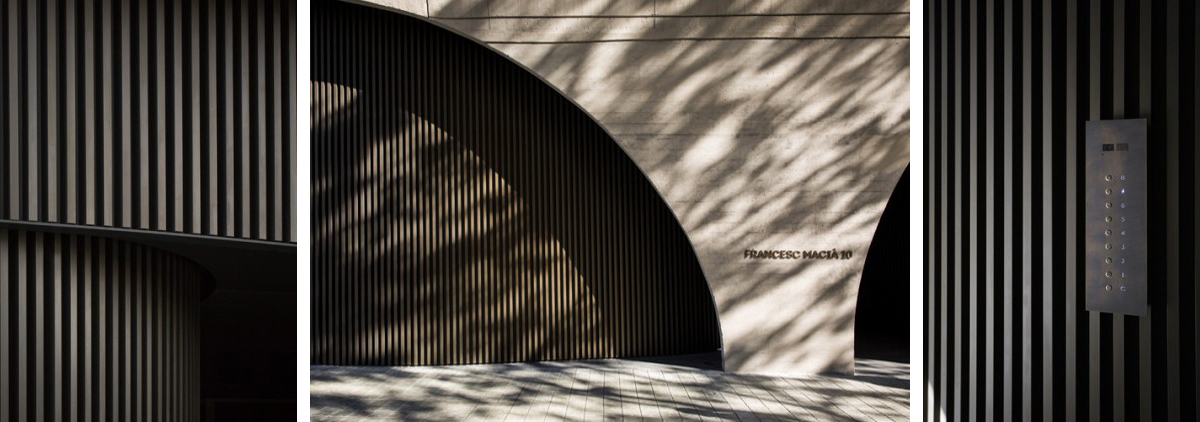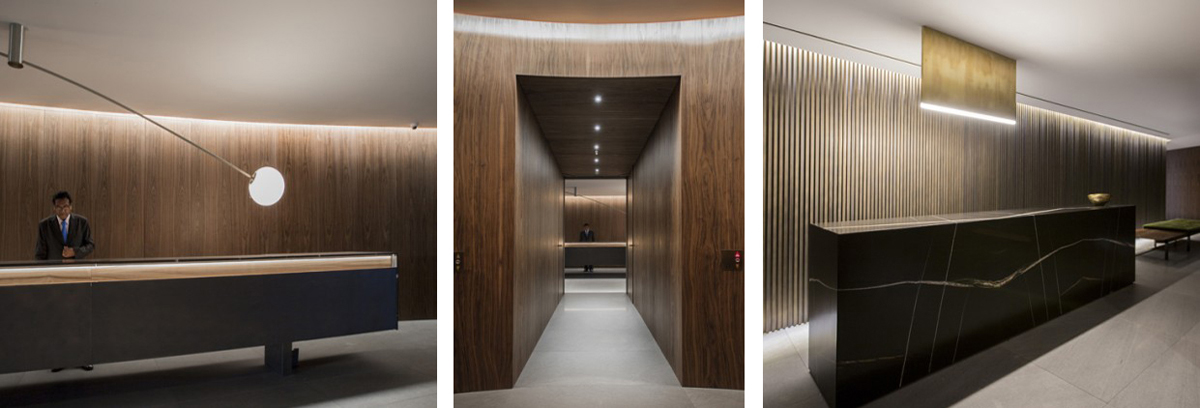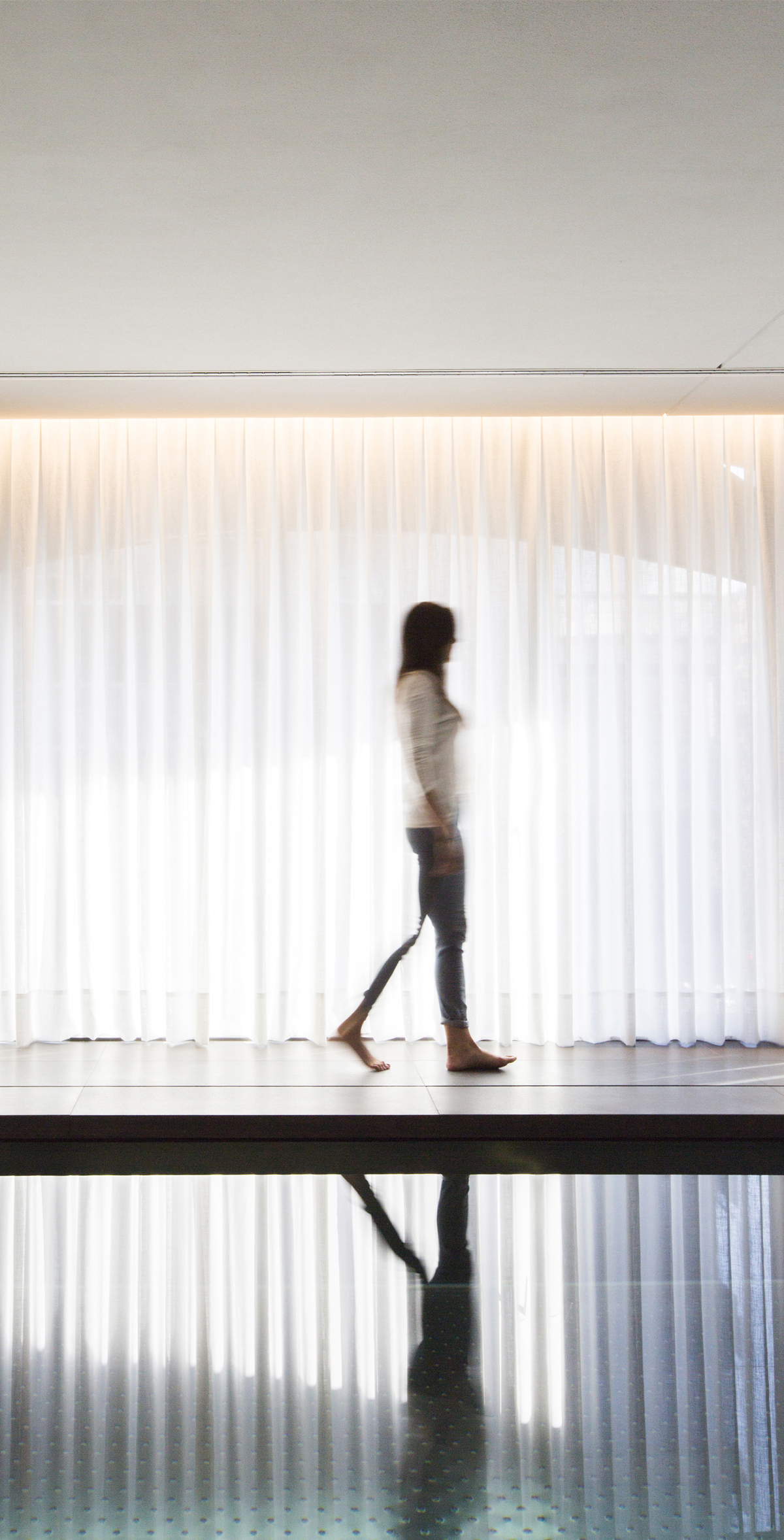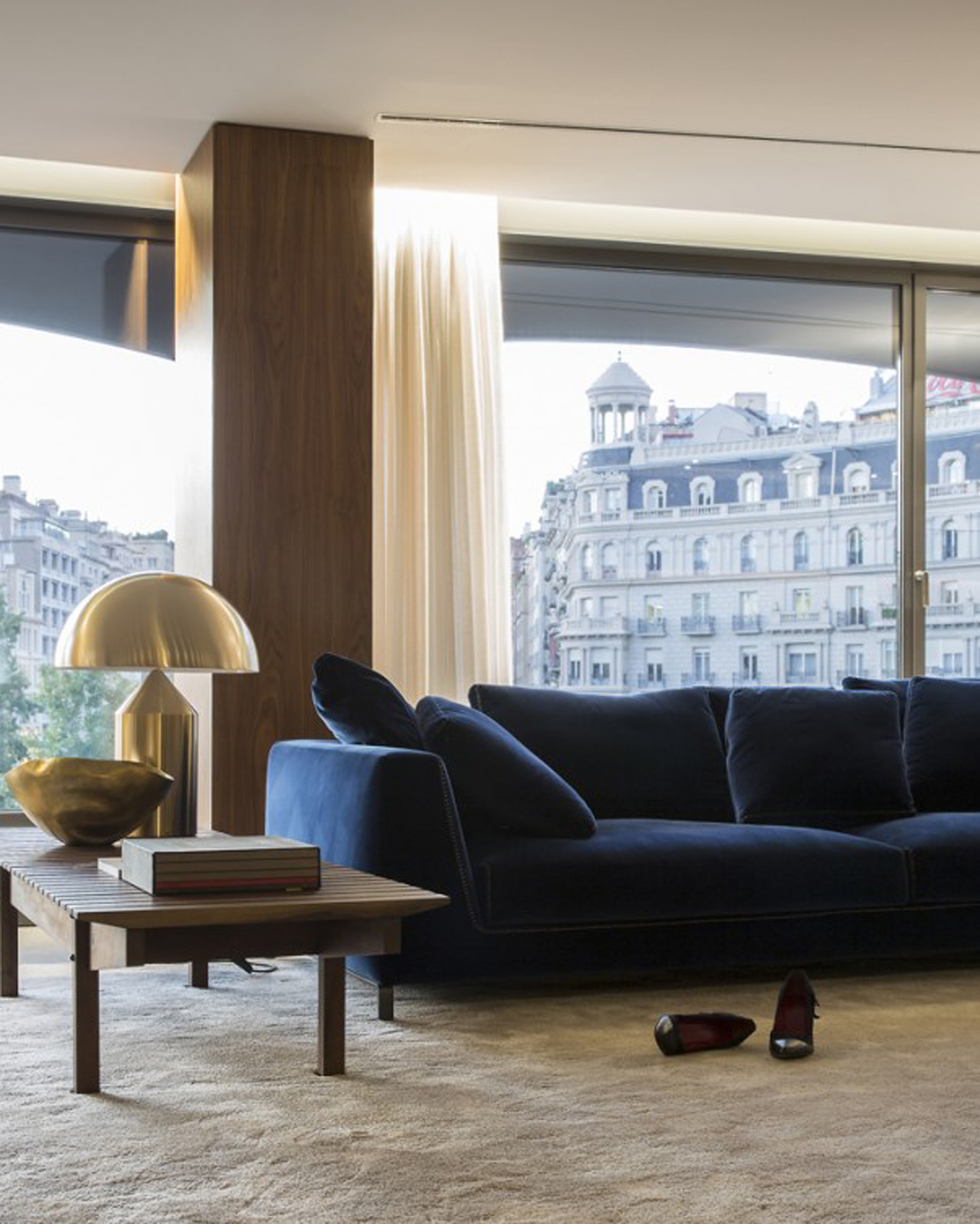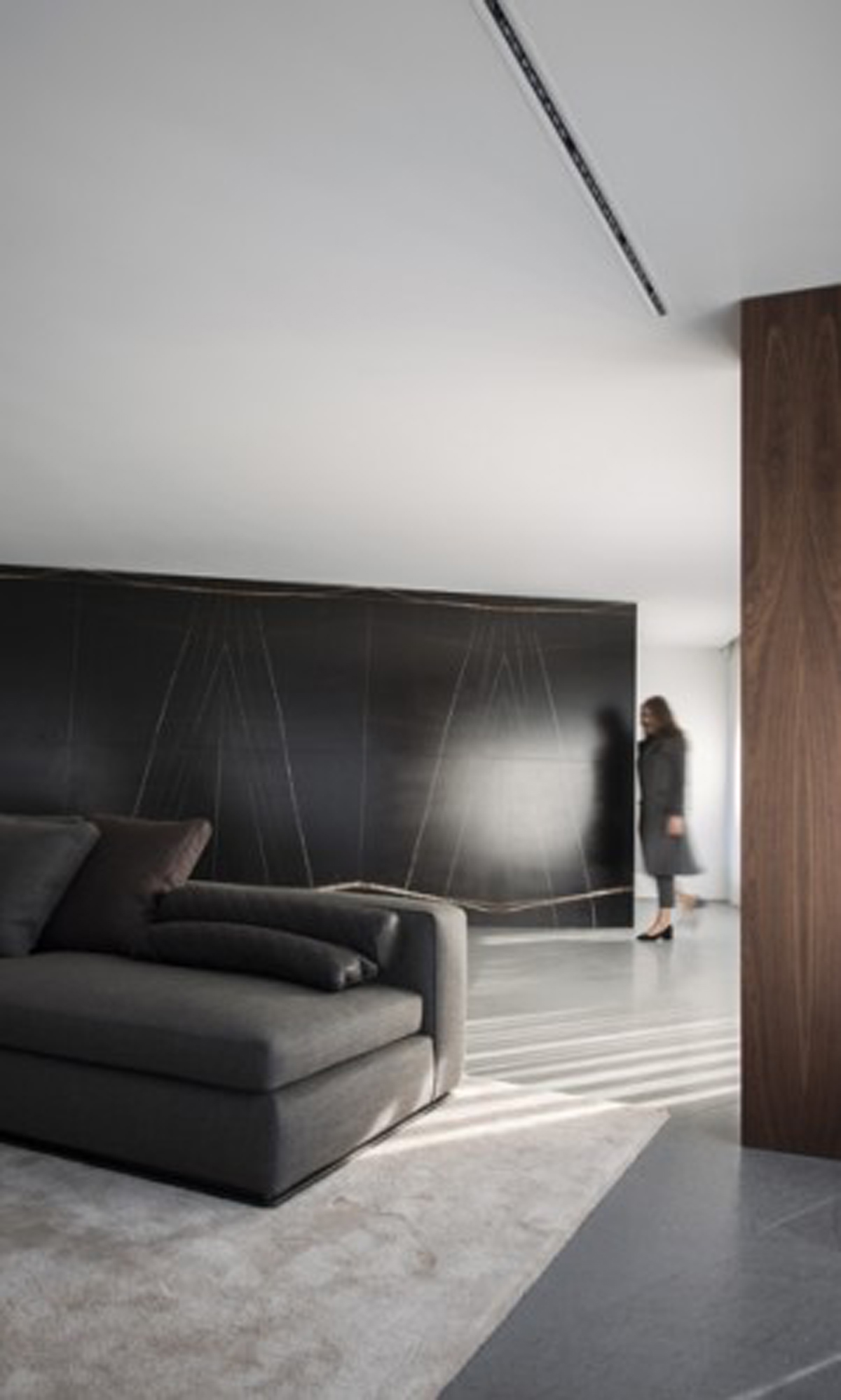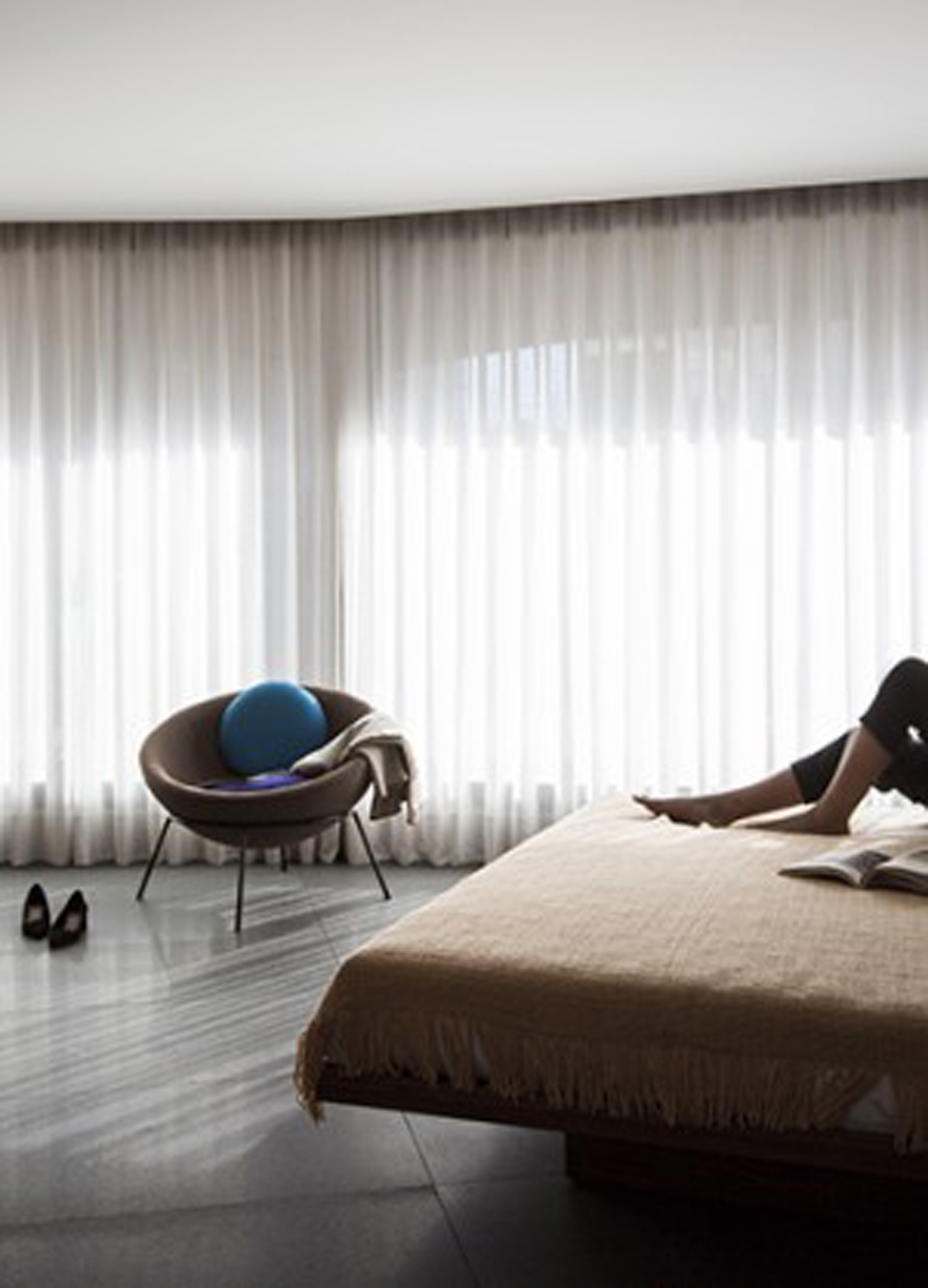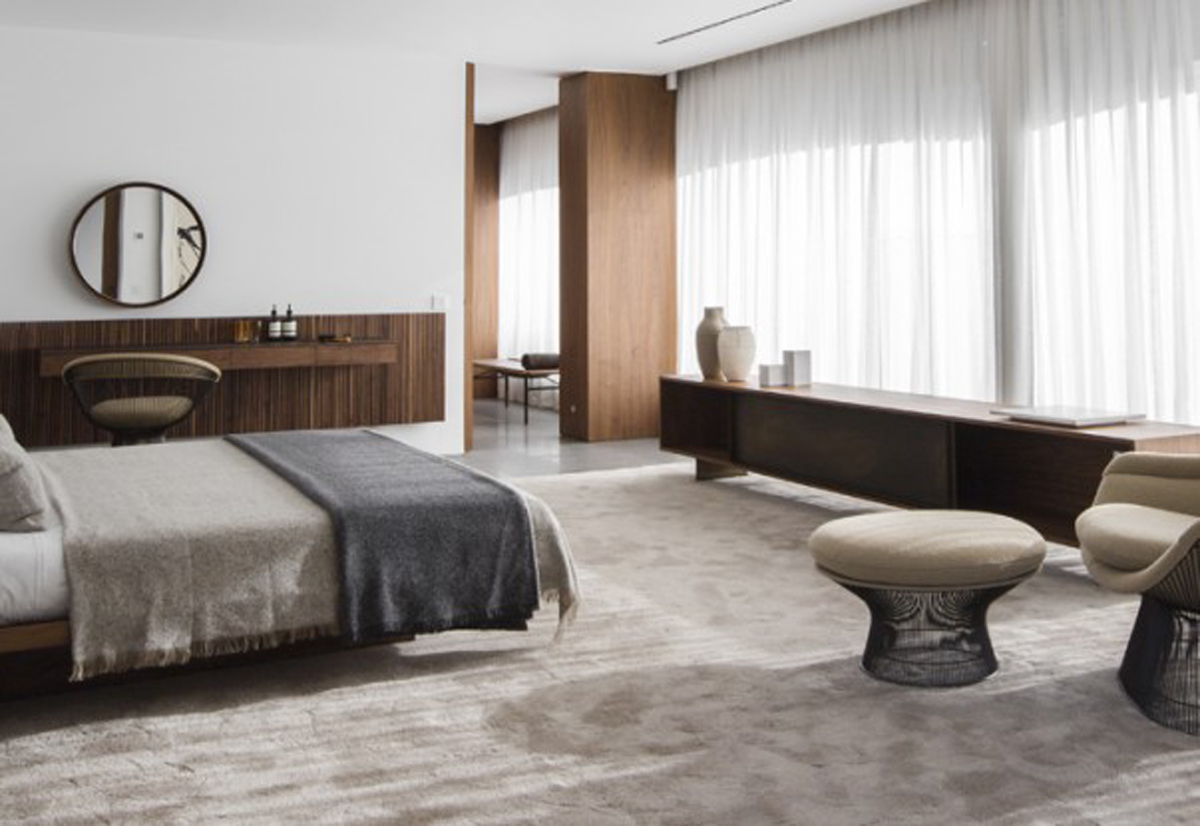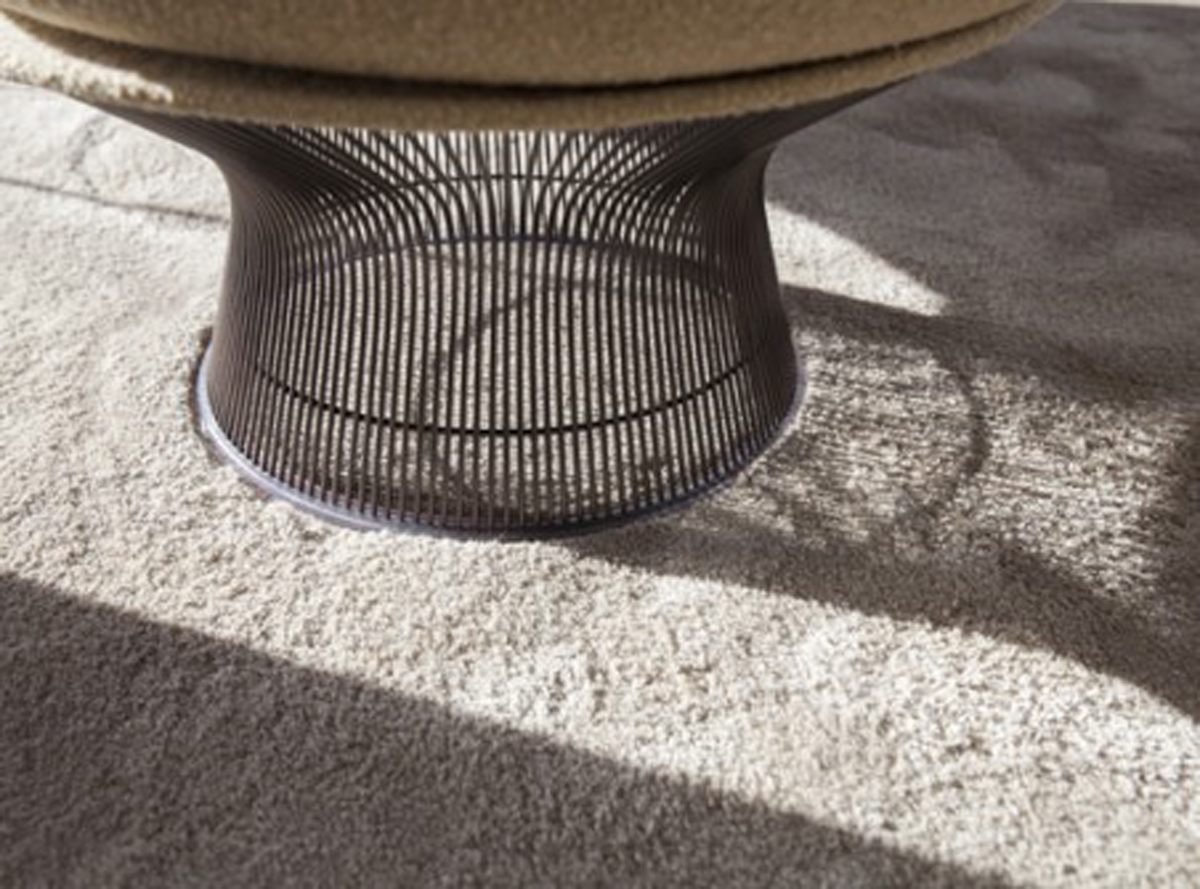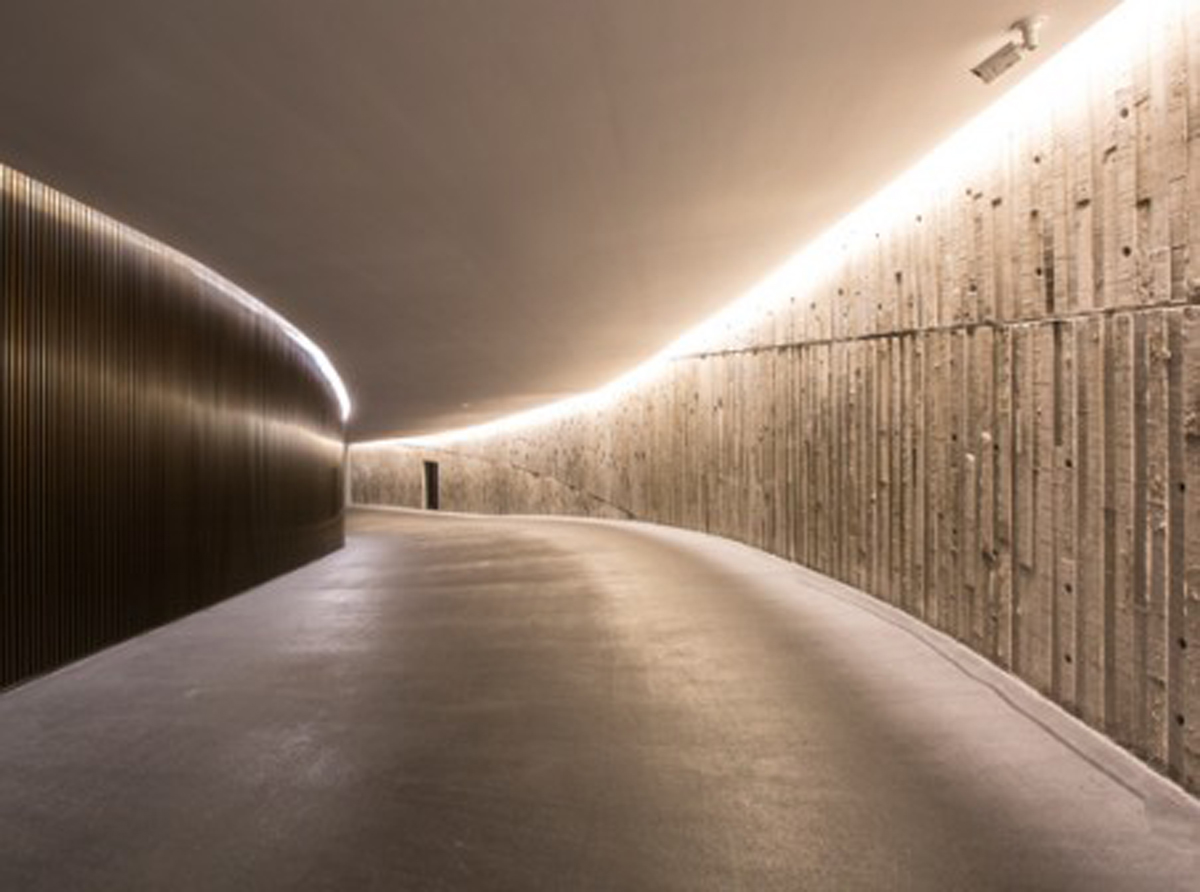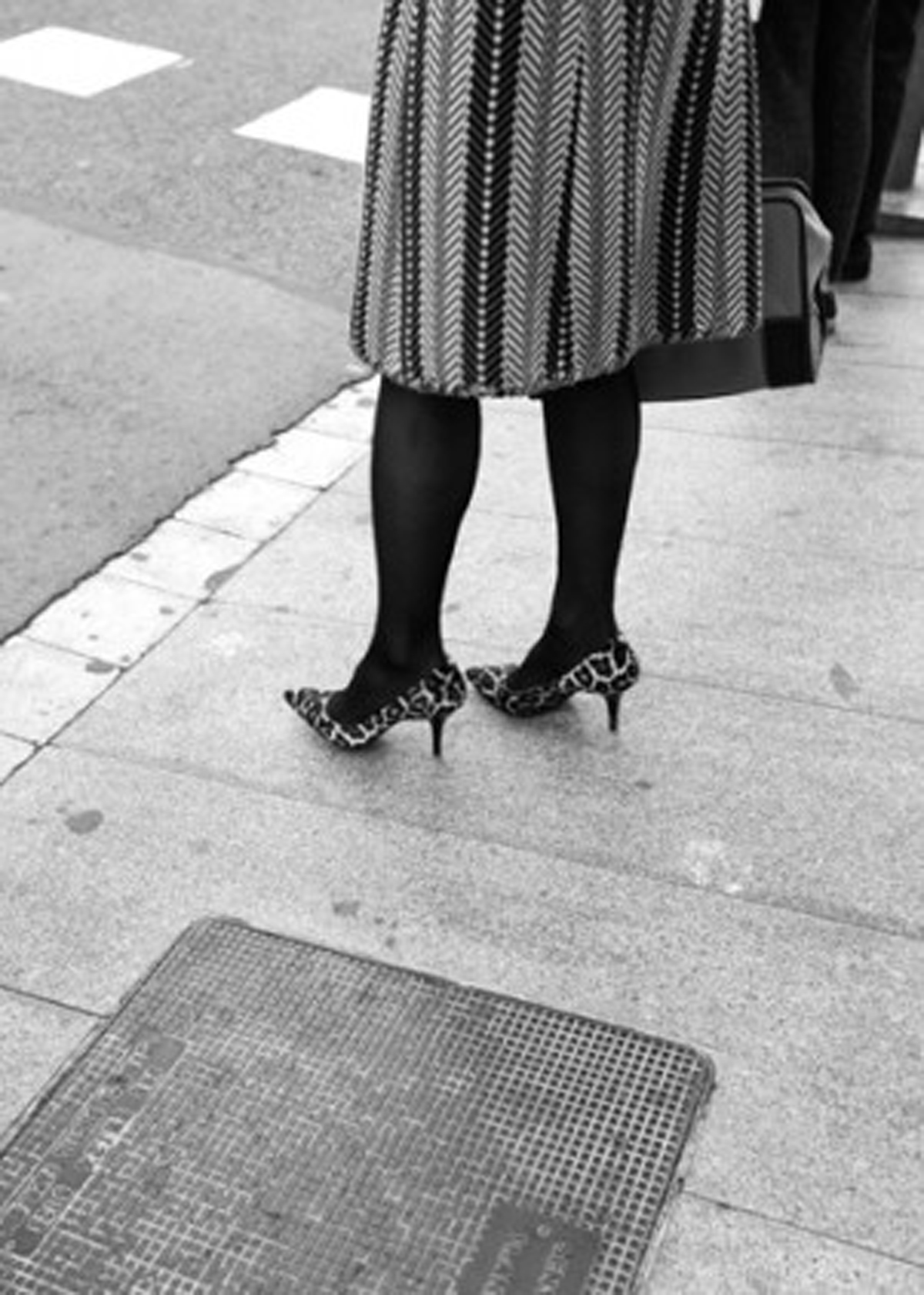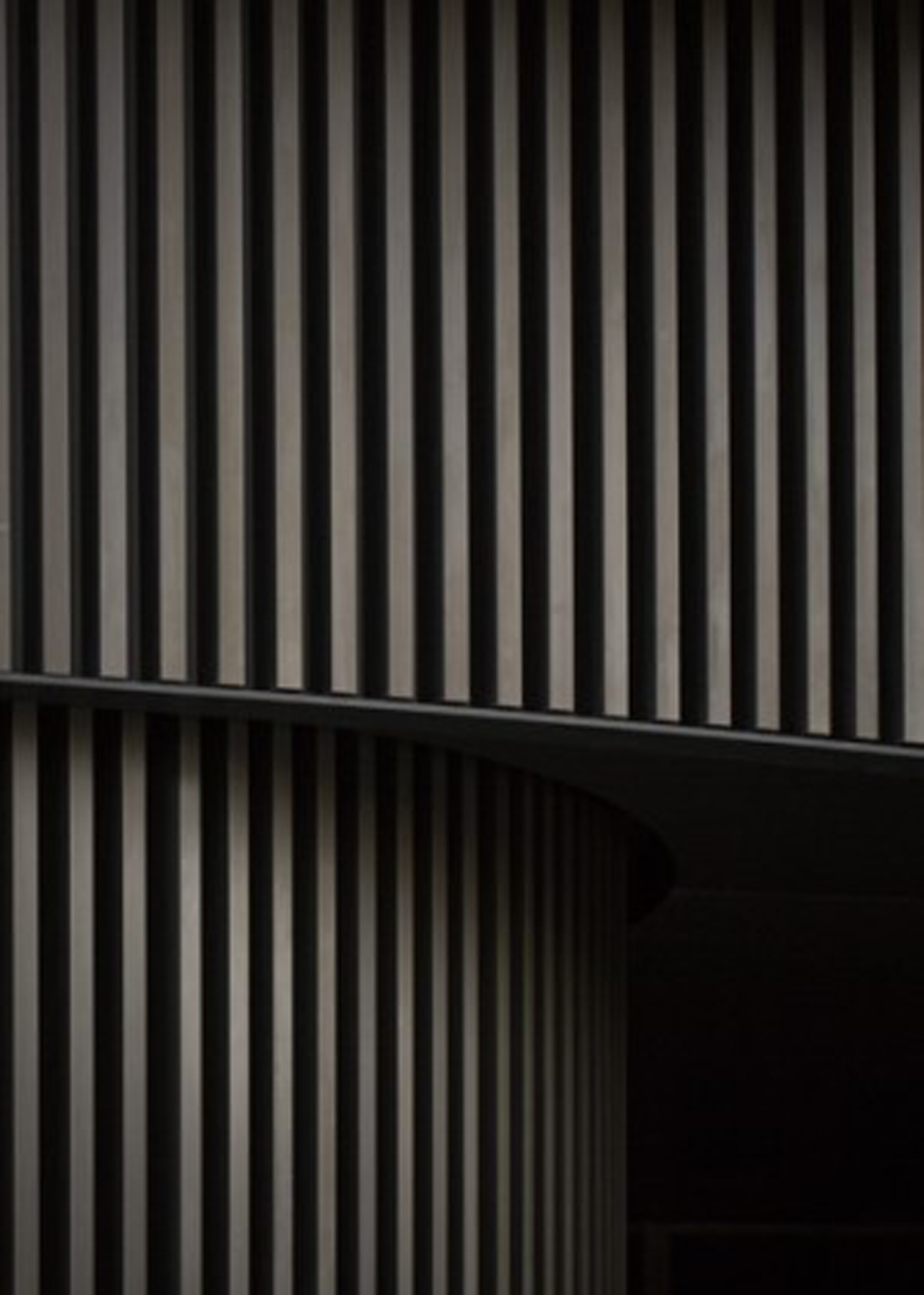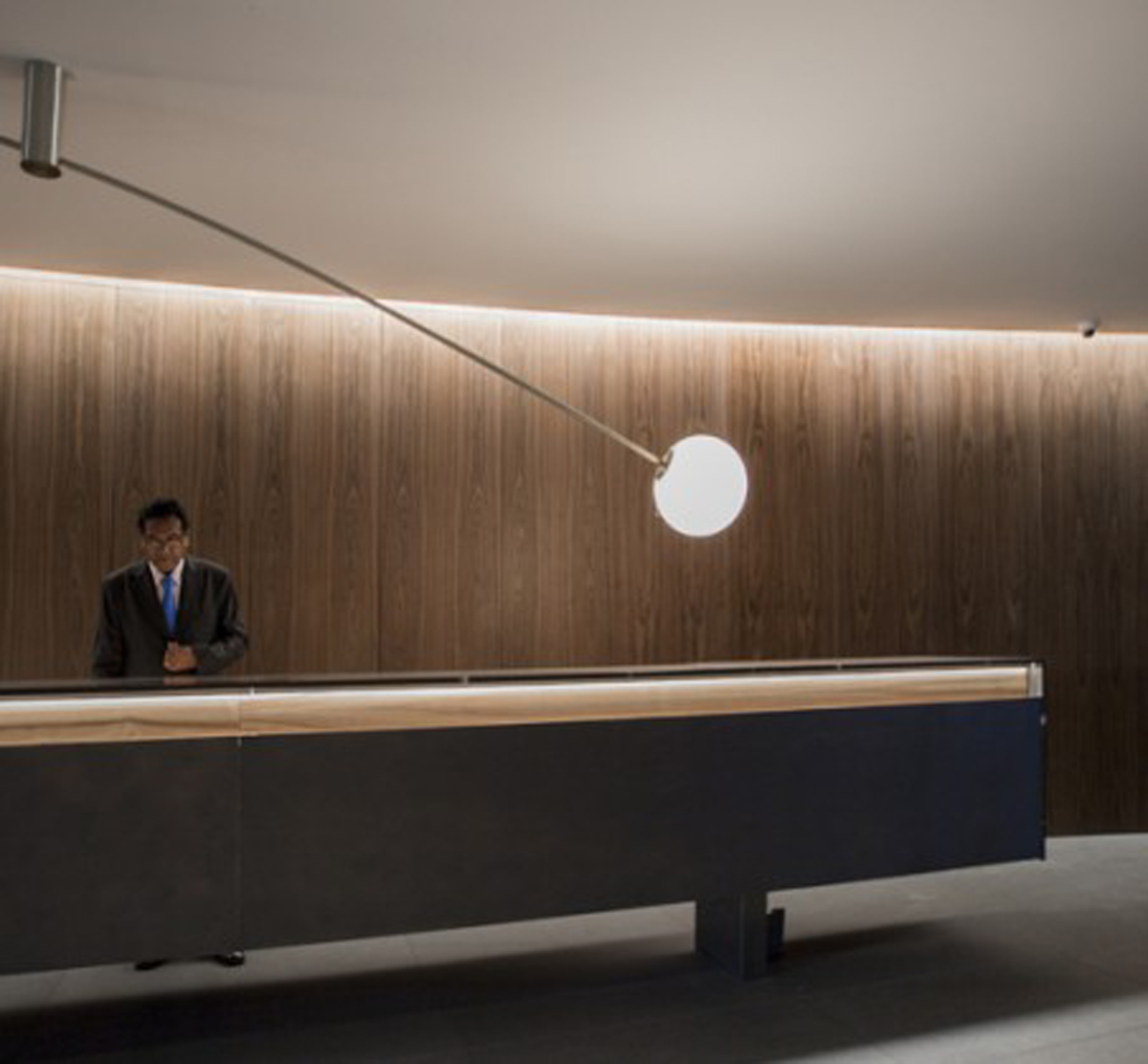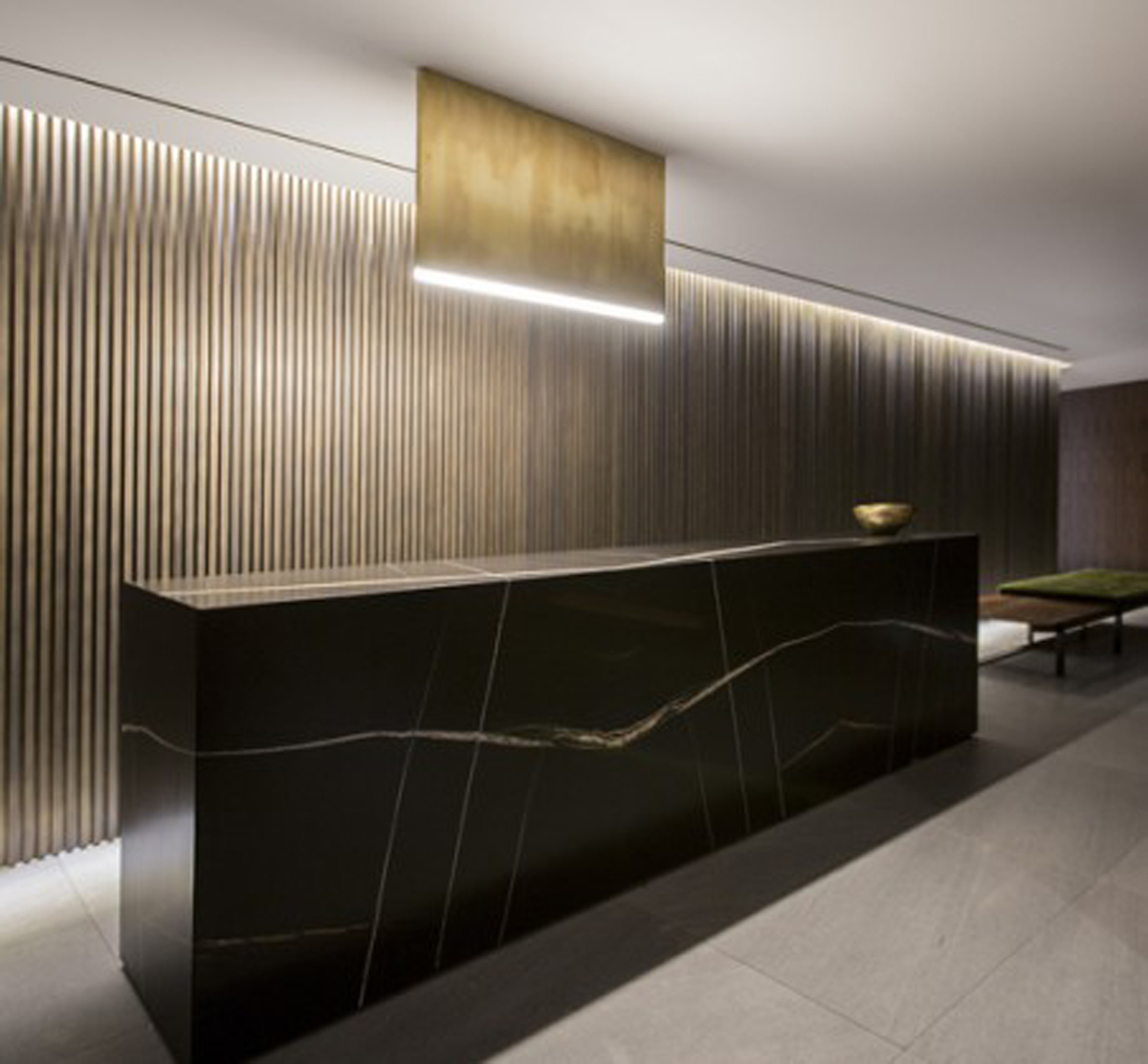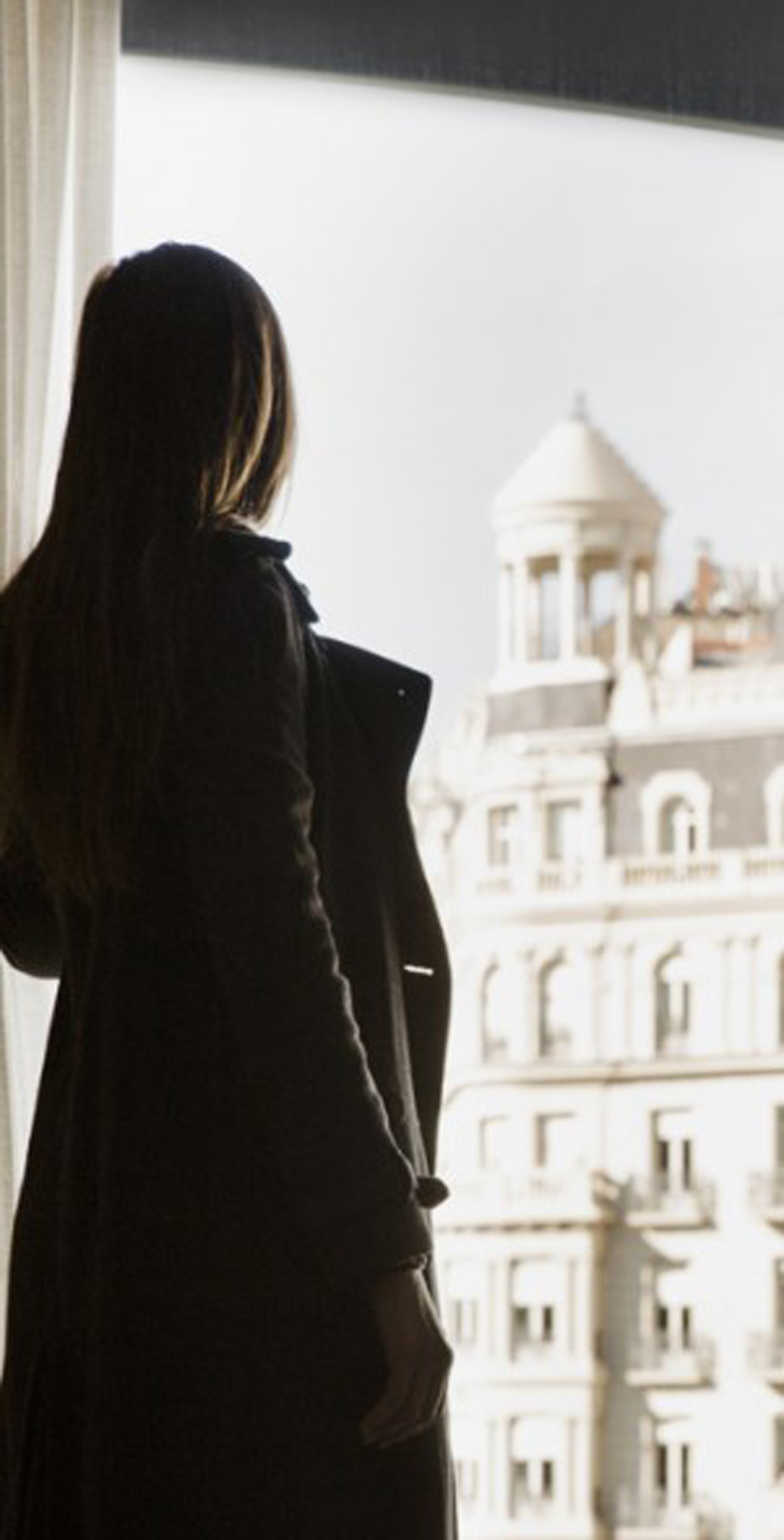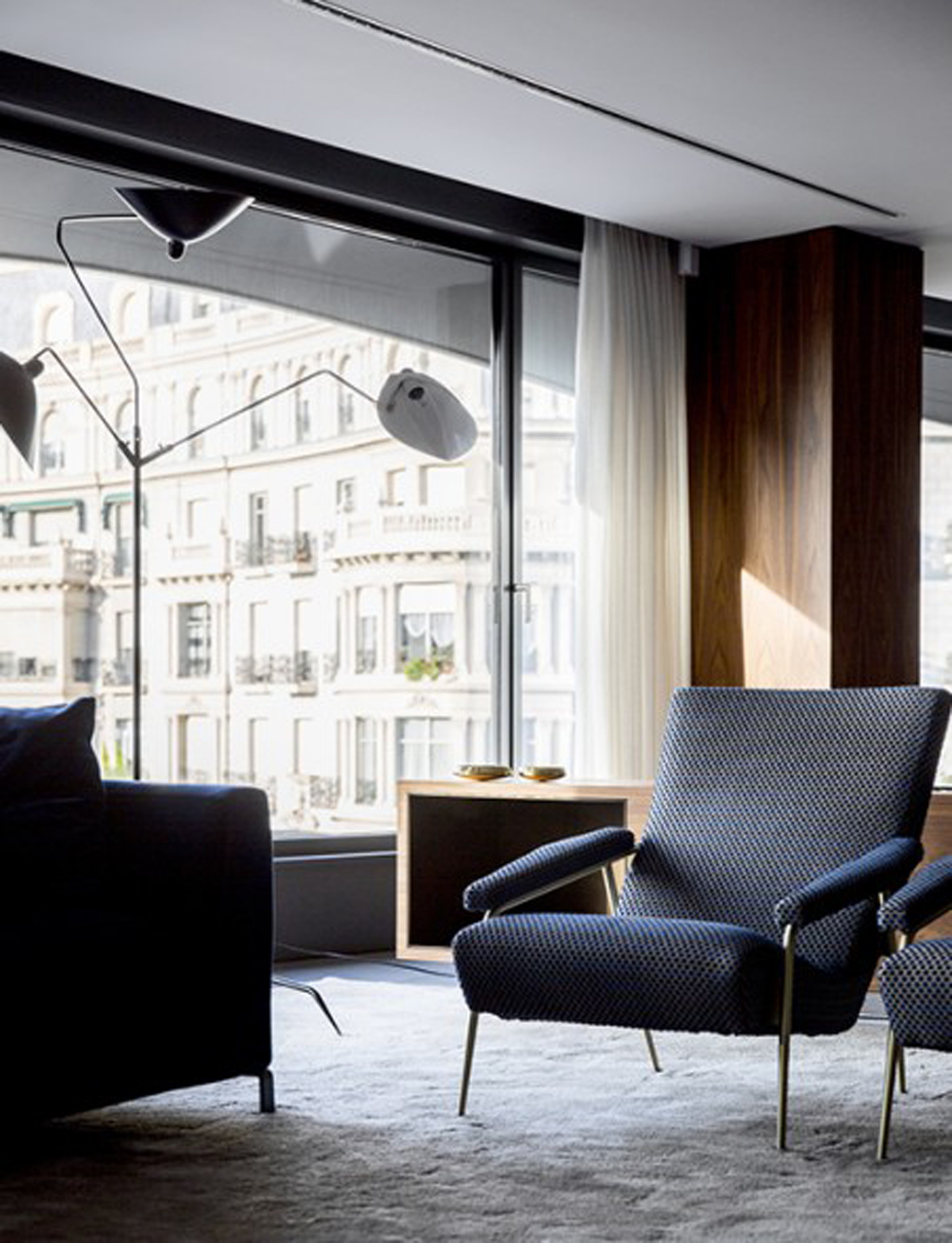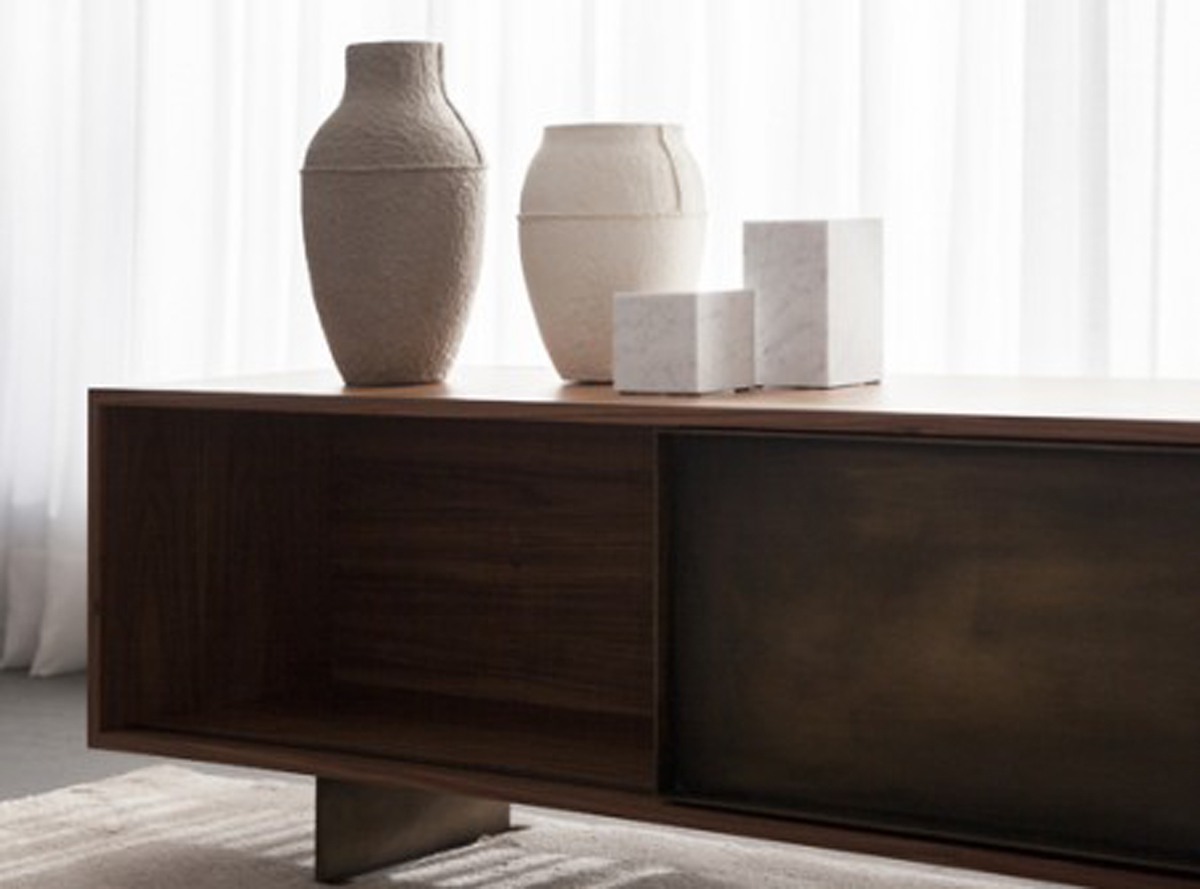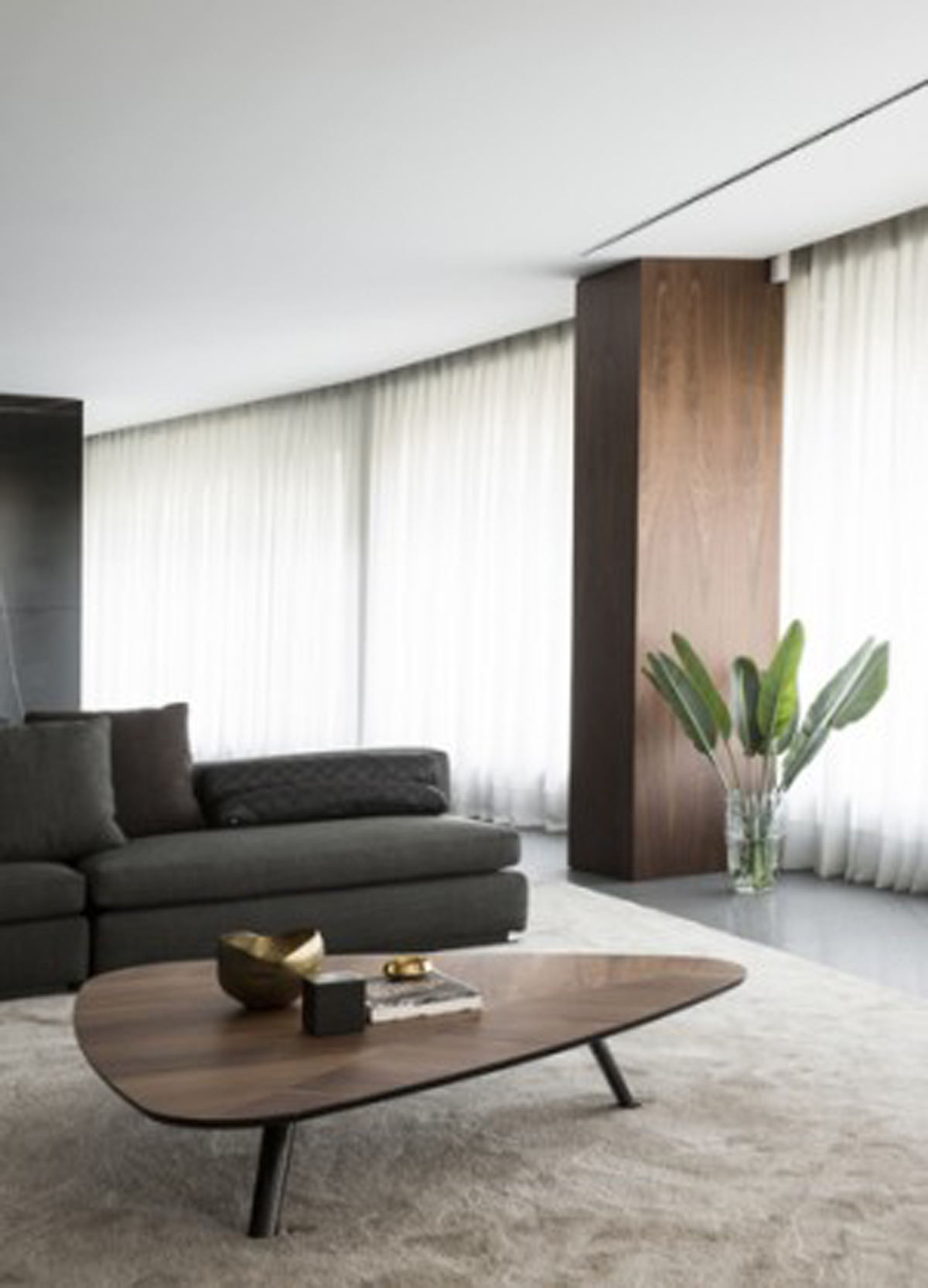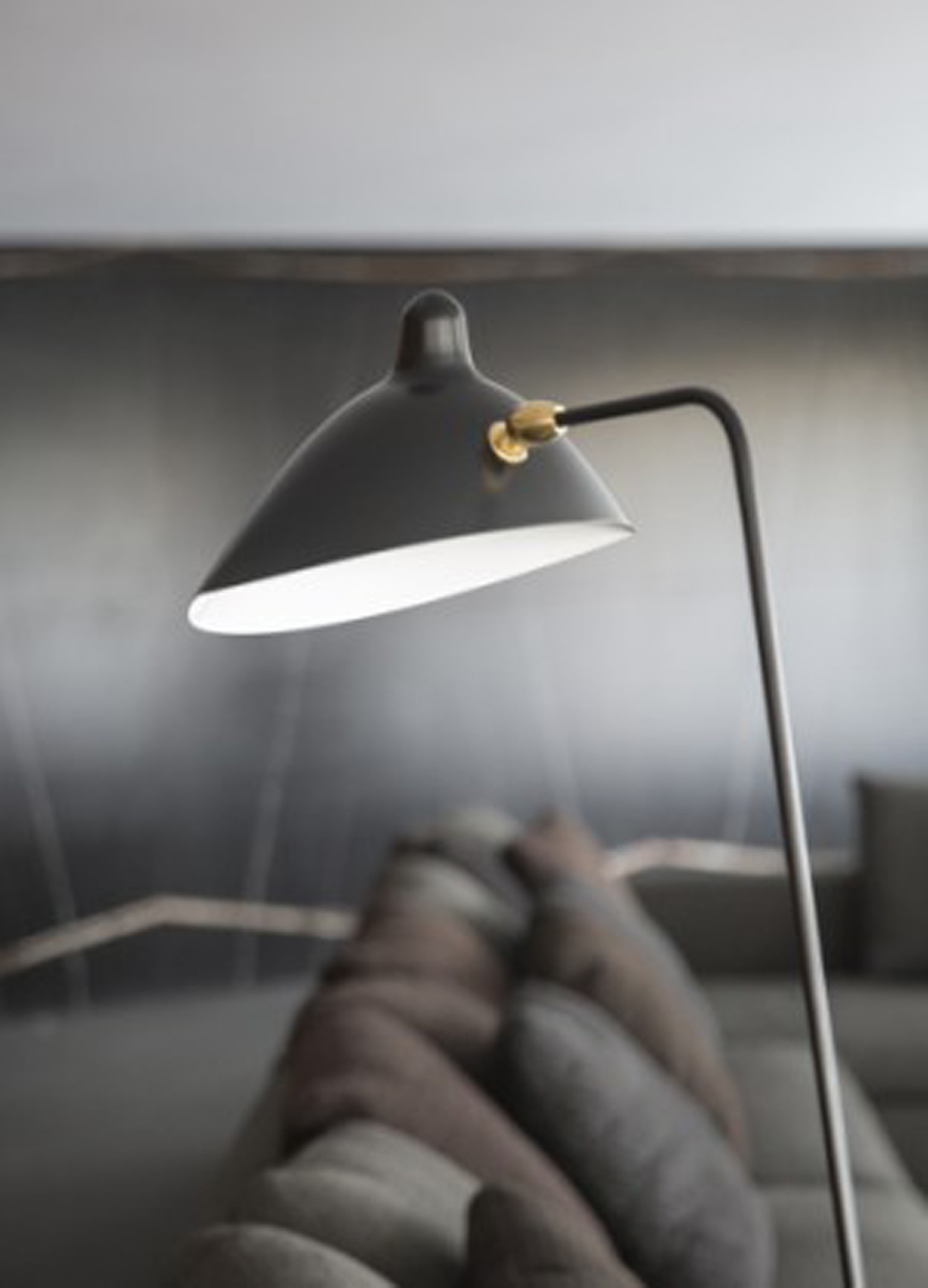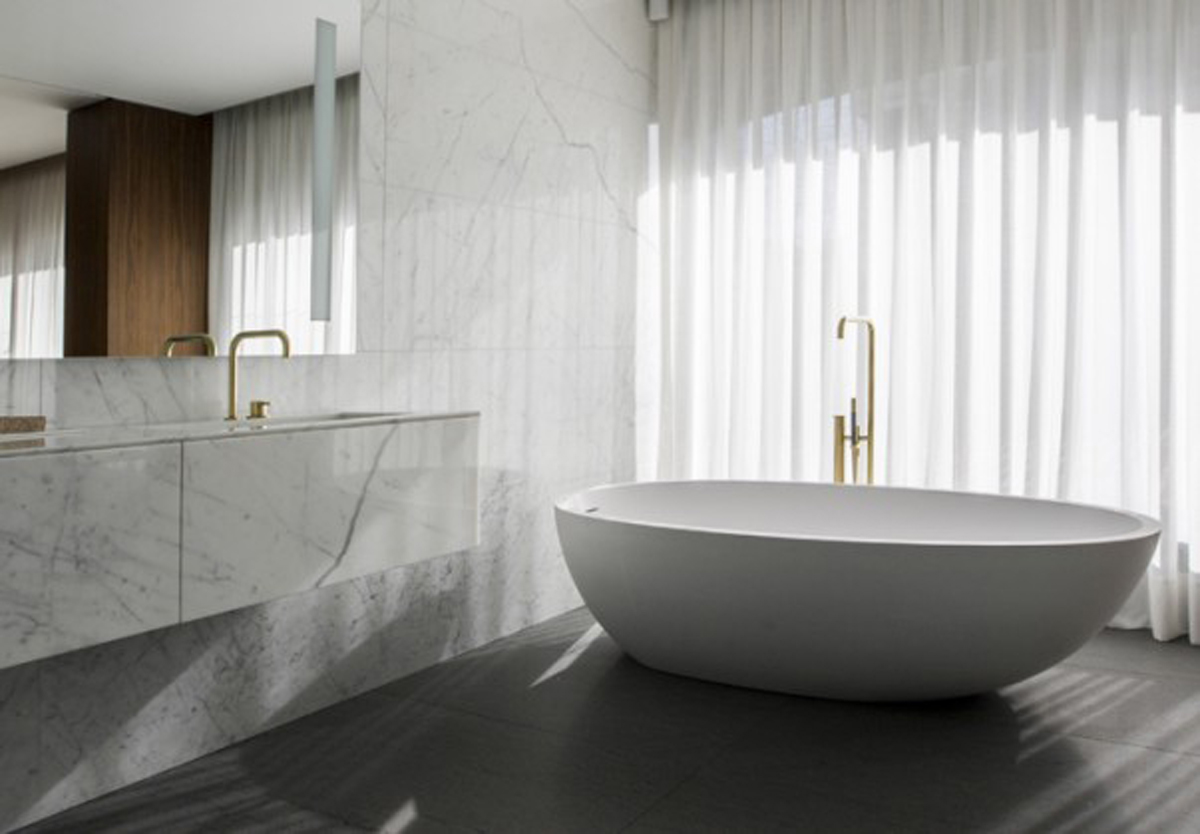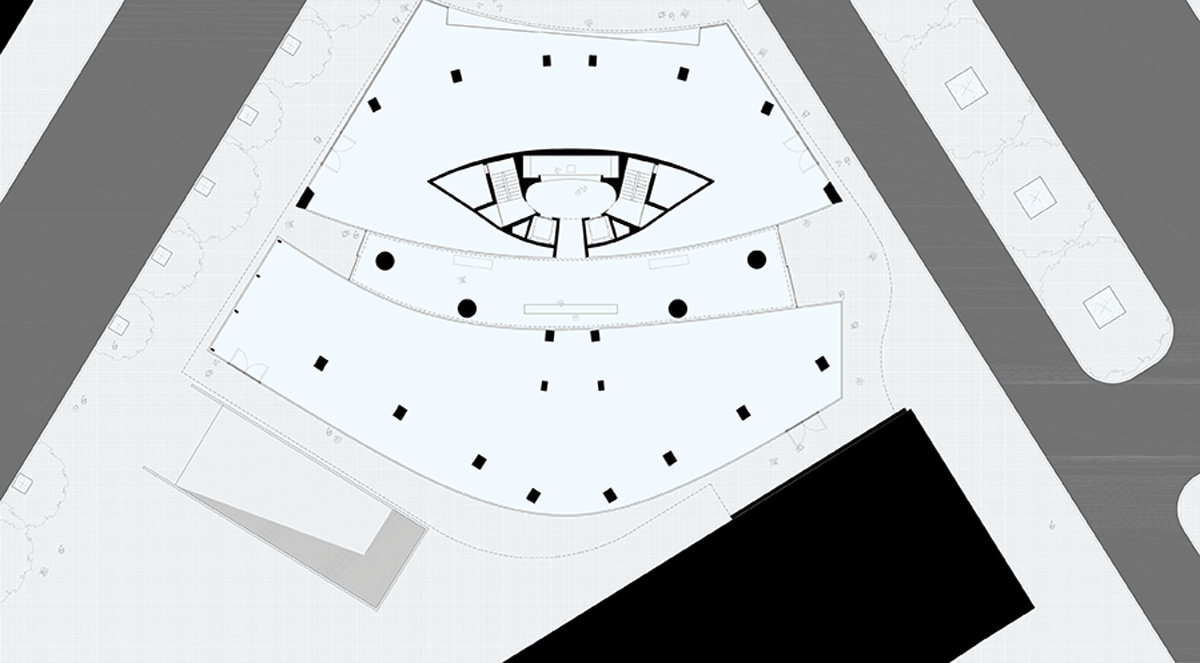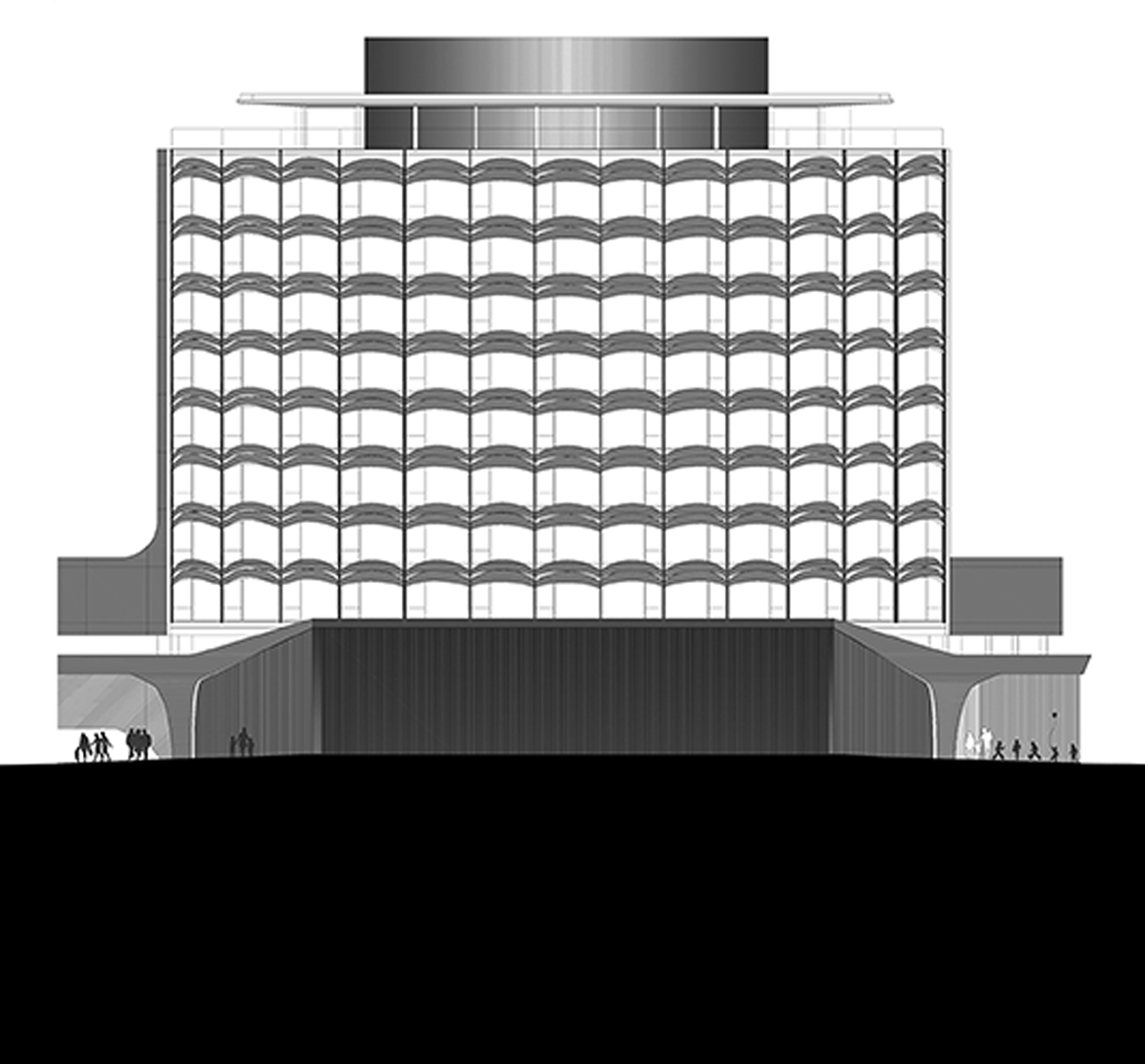MK27 Francesc Macià, 10
Source: Studio MK27 | Wallpaper | Squircle Capital | Francesc Macià, 10
Photograhpy: Jonas Bjerre-Poulsen
Inside a former 1960s office block, three floors above Barcelona’s bustling Plaça de Francesc Macia, the Brazilian architect Marcio Kogan of Studio MK27, is inspecting the perfectly executed details of his newly finished residential design, Francesc Macia 10.
Kogan and his team, headed by directors Diana Radomysler and Suzana Glogowski, have designed the building’s communal areas as well as a vast open-plan apartment that shows off all the hallmarks of his Sao Paulo-based studio’s distinct style – ‘classic but contemporary,’ Kogan says.
Walls lined with Carrara, Negro Marquina and Statuario marble pay homage to Mies van der Rohe’s Barcelona pavilion, while the rods of dark American walnut and brass that line the walls throughout the building, and a multicoloured Lina Bo Bardi chair he points out in one of the four bedrooms, nod to Brazil. ‘Also this way of living is very Brazilian,’ points out Radomysler, who heads up interior design at Studio MK27.
‘Many of our houses are very open, in fact they open completely,’ Kogan agrees. ‘You don’t know what is the difference between the outside and the inside – you don’t know exactly the place that it stops and the other begins.’
‘But even here we found the relationship between the inside and the outside very close because of the panoramic windows,’ adds Glogowski. ‘You have the city all the time in your apartment.’
The 600 sq m show apartment is one of eight located inside the listed building, which was designed in the Sixties by Swiss architect Marc-Joseph Saugey and is one of just a few examples of the Bauhaus-style in the Catalan capital.
Possessing a tricky elliptical plan, it rises 11 storeys from ground level – dwarfed by its taller and more rectilinear neighbours. It is wrapped in a distinctive grid of glass, with each window topped by an arch-shaped sunshade – referred to by its developers as ‘eyebrows’ that give the building an anthromorphic appearance.
‘I would never design a building like this, but I like it,’ says Kogan of the shell he was given. ‘I like to use squares and straight lines, but this is 100 per cent curves. It took us a lot of time in the office to work out the logic of the design.’
At street level, the entrances are positioned on either side, tucked under an elegant concrete structure that swoops upwards to the front where a line of double-height glass-fronted stores face onto the roundabout.
Through the apartments’ 55-metre curved walls of floor-to-ceiling windows at the front, residents can take in views towards nearby Turo Park down Avinguda de Pau Casals, while one of the city’s main arteries, Avinguda Diagonal, runs straight through the Plaça.
‘It was very difficult to get Marcio to agree to do this project, but when he saw this,’ says developer José Caireta of Squircle Capital, gesturing at the panoramic vista, ‘he was convinced. Marcio was a filmmaker before he was an architect, and he loved the fact that this was like a movie of Barcelona.’
Together with business partner Daniel Castillo, Caireta brought the building in 2012 when the property market in the city was stagnant – the building had been empty since the early Noughties. Just three months later they invited Kogan to see the building and help them formulate a design for a set of serviced apartments – some of the first in Spain, they say.
Comprising seven full-floor residences of 600 sq m and one 900 sq m two–floor penthouse, the building’s elliptical layout, Kogan says, is like a tree – the walnut-lined elevator core at its centre is the trunk, and the apartments are on its outer branches.
On the first floor, a pool area with an adjoining steam and sauna allows visitors to take in views of the Plaça from sun loungers custom-designed by Bassam Fellows. Lighting throughout the building is by London-based Michael Anastassiades – including a striking bespoke lighting sculpture over the reception desk – and the elegant furniture in the lobby areas comes courtesy of Milanese studio Vincenzo De Cotiis.
‘We’d been visiting all of the furniture fairs to find the right designers and manufacturers,’ says Caireta of his and Castillo’s quest to build the perfect design team for the project. ‘We are control freaks, Daniel and I.’
Preferring to take a hands-on approach, the duo served as main contractors on the project, hiring two in-house architects and project managers who kept a keen on eye on building works and travelled far and wide to source the perfect high-quality materials.
‘There’s always a gap in between a service provider and a client and the idea here is to try and cover this gap,’ says Castillo. ‘When you act as a pure developer and you are not deeply involved with the design and the architect, you cannot cover this gap so the only way is to be active in both. We knew it was really important in order to achieve the high standard that we’re offering.’
Caireta adds: ‘We believe that real luxury is based upon space and the look and feel of the building – real luxury is in the long-term sustainability.’
Localization:
Barcelona, Spain
Author:
Marcio Kogan
Co-author: Beatriz Meyer, Diana Radomyster, Suzana Glogowski, Pedro Ribeiro
Local architects:
Ricard Mercadé, Aurora Fernandez arquitectes
Team:
Carlos Costa, Eduardo Gurian, Laura Guedes, Mariana Simas
Other projects by MK27

